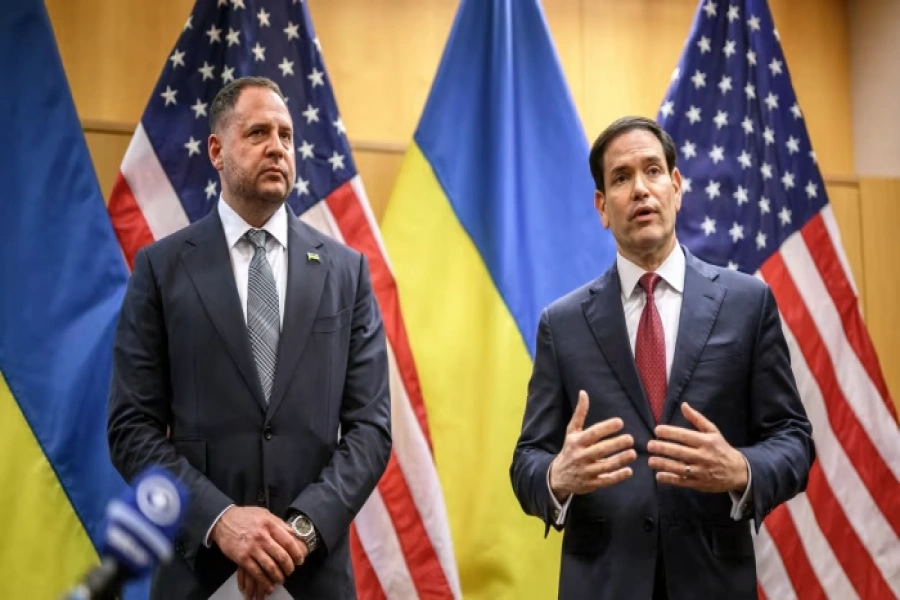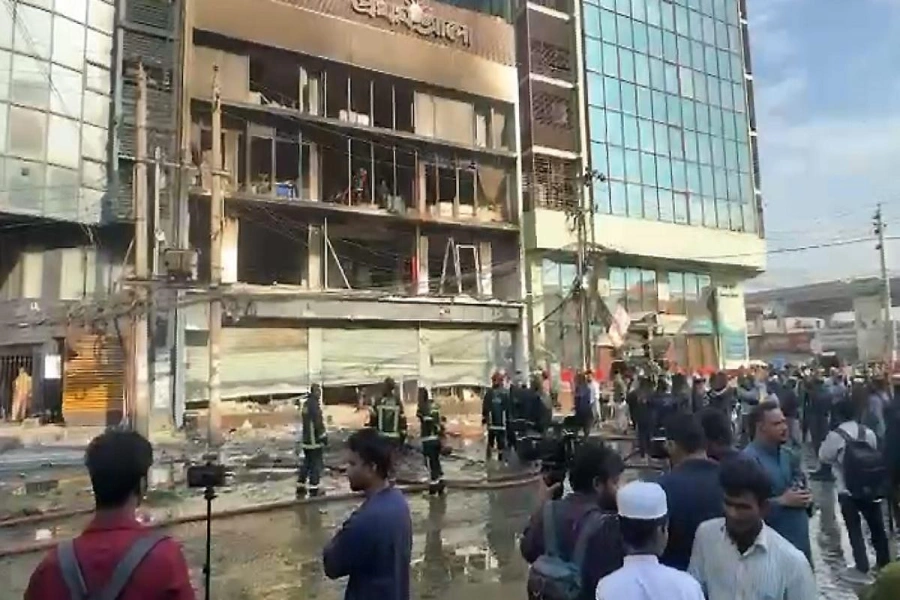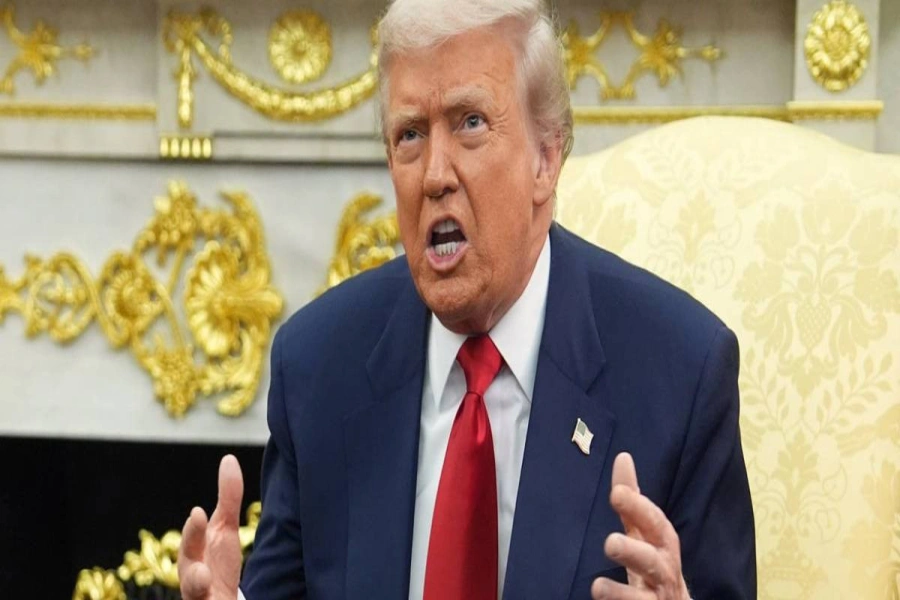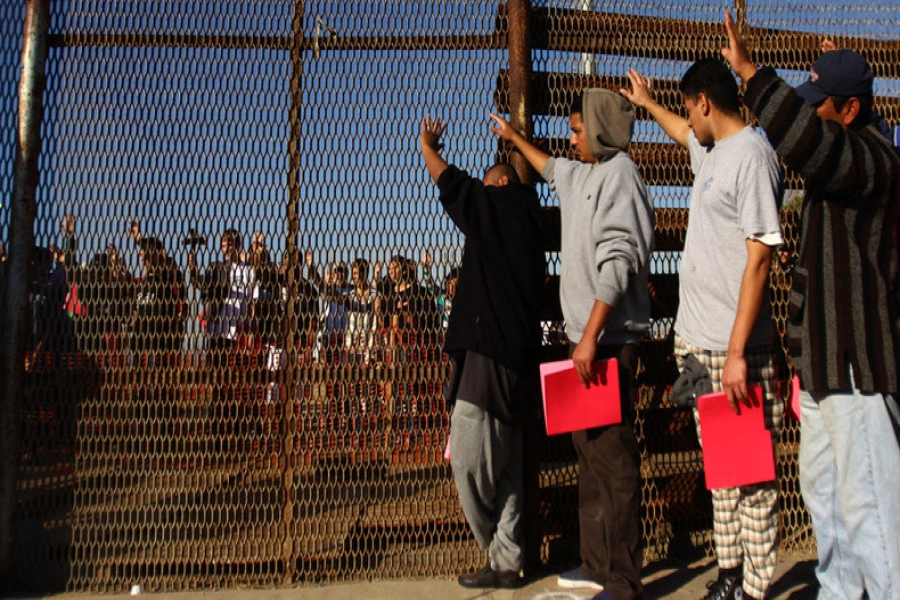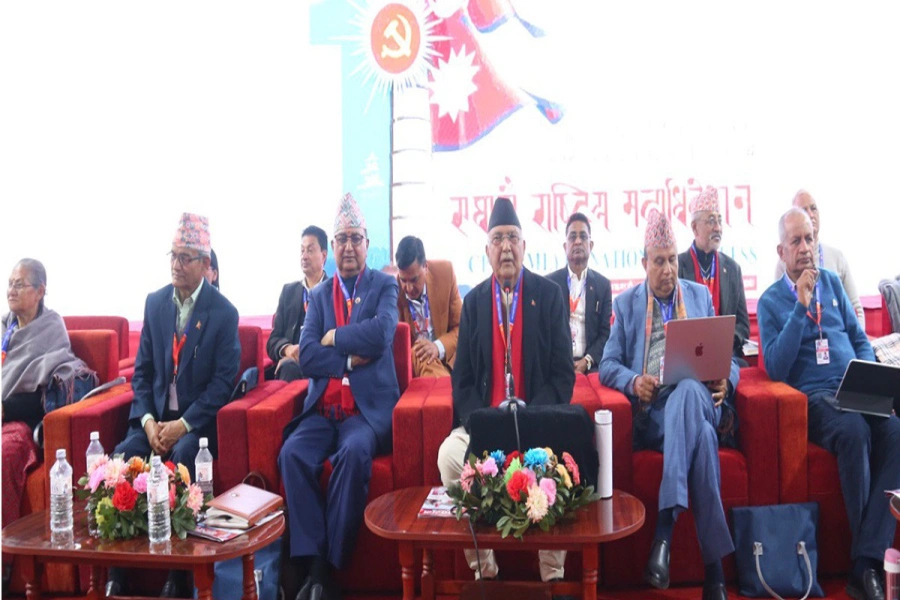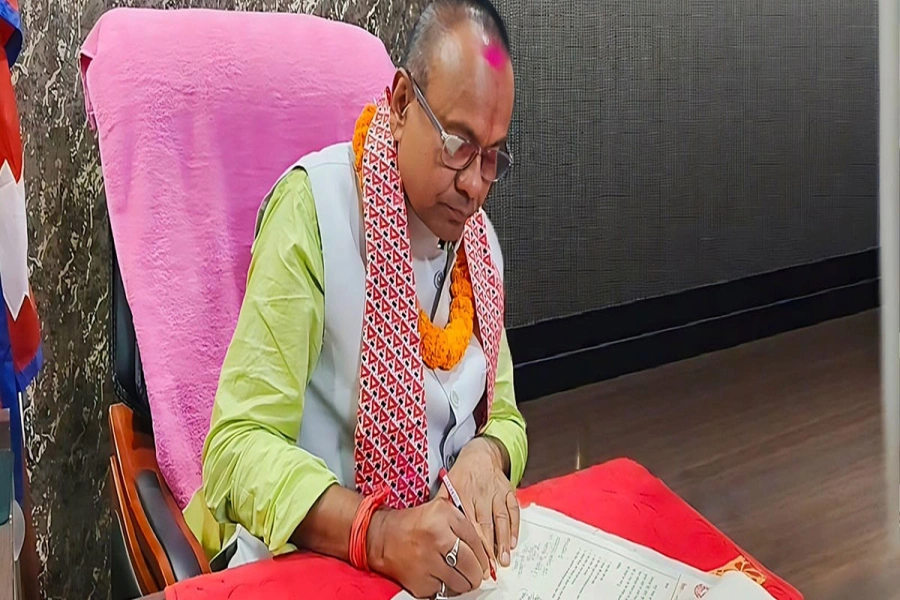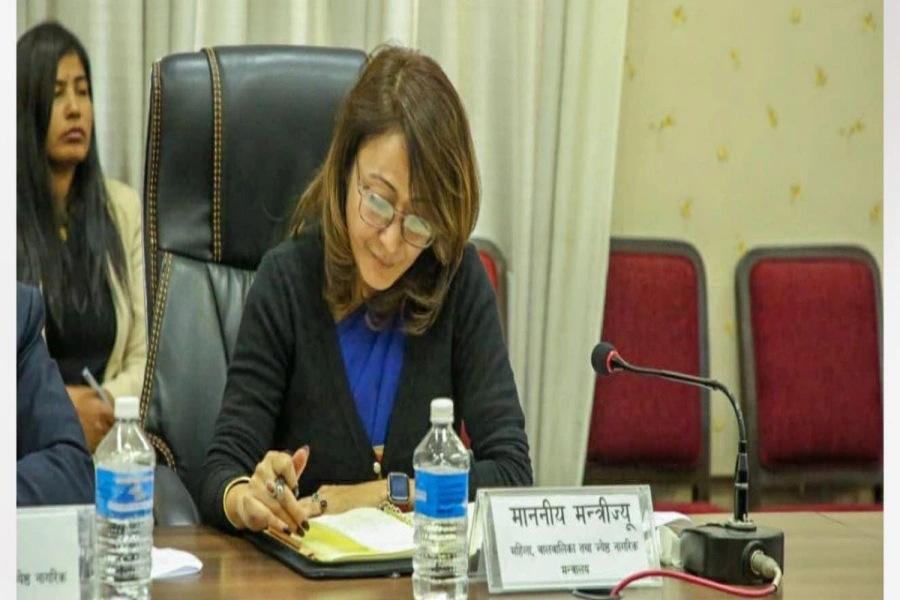KATHMANDU, Dec 13: Expenditures for the two houses of parliament and the provincial assemblies will be at least three times that of the previous constituent assembly-turned parliament. The annual expenditure of the 601-member parliament was around Rs 1.40 billion, and this expenditure will now soar to Rs 4.25 billion, according to a study of all legislatures and their secretariats prepared in July by the parliament secretariat.
The combined expenditures at the central parliament and its secretariat will be Rs 1.70 billion while expenditures for the seven provincial assemblies and their secretariats will be Rs 2.55 billion. The expenditure for the House of Representatives will be Rs 774 million and that for the National Assembly will be above Rs 302 million. The expenditures of the provincial assembly secretariats will be about Rs 623 million. The government has to allocate Rs 1.61 billion for all seven provincial assemblies and the amount required for running their offices will be over Rs 932 million.
Coordinator of the study report Bharat Gautam said that the expenditures for the operation of the legislatures including pay and perks will jump as the number of lawmakers is higher and the secretariats need more manpower. Each secretariat may need an additional staff of 50.
The cost of salaries and allowances for the lawmakers of all the legislatures will nearly double compared to that of the then 601-member Constituent Assembly-cum-parliament.
Govt to increase public shares in Nepal Telecom by threefold

The federal and provincial governments will have to allocate about Rs 800 million for the basic salary and monthly allowances of the total of 884 lawmakers, and additional perks will further increase the figure. The daily travel and meeting allowance for each respective member of the House of Representative or National Assembly is Rs 1,000, and Rs 2,500 taxi fare per day is provided for travel outide the district, according to The Act on Salary and Perks of Office Bearers and Members of Federal Parliament 2016 endorsed last December.
The House of Representatives has a total of 275 members--165 from the first-past-the-post system and 110 from proportional representation-- while there will be 59 members of the National Assembly. The total number of members in the seven provincial assemblies will be 550 --330 members under FPTP and 220 under proportional representation.
Salary and allowances of CA members was Rs 45 million in the month of Aswin (September-October) excluding taxes, according to records at the parliament secretariat. The annual figure will reach Rs 540 million if calculations are made assuming that all members of the provincial assemblies will receive similar amounts. Provincial assemblies will, however, set the salaries through separate laws on their own, according to the constitution.
The Act on salaries and perks states that each member shall draw a monthly salary of Rs 55,230 and a special (or dearness) allowance of Rs 1,000. Likewise, the allowances for communications (telephone, internet and newspapers) is Rs 3,000 and members can draw Rs 18,000 as housing allowance (or half this amount as maintenance allowance for those who have houses in the city) and Rs 2,000 for water and electricity bills. All allowances are per month.
The government has already allocated a combined amount of Rs 7.14 billion for distribution to all seven provinces for building infrastructure. But this amount will be too little.
PROVINCE MINISTERS ADD 85 MILLION PLUS PER YEAR TO COSTS
Likewise, the treasury will be under pressure to pay for the perks of provincial chief ministers and other ministers until the provinces generate their own resources. However, the number of ministers in each province will be limited to 25, the constitution states.
Each province can appoint up to 20 percent of the members of the provincial assembly as ministers. A total of 111 provincial ministers and seven chief ministers will cost the country over Rs 85 million per annum. This calculation includes only monthly salary. Chief ministers draw the same salary as central ministers and provincial ministers get the salary of central state ministers. A minister at the centre now draws Rs 60,970 per month while the salary of a state minister is Rs 57,780.
Provinces 2 and 3 can appoint up to 21 and 22 ministers respectively while Province 1 can appoint 19. Likewise, Provinces 4, 5, 6 and 7 can appoint up to 12, 18, 8 and 11 ministers respectively.


